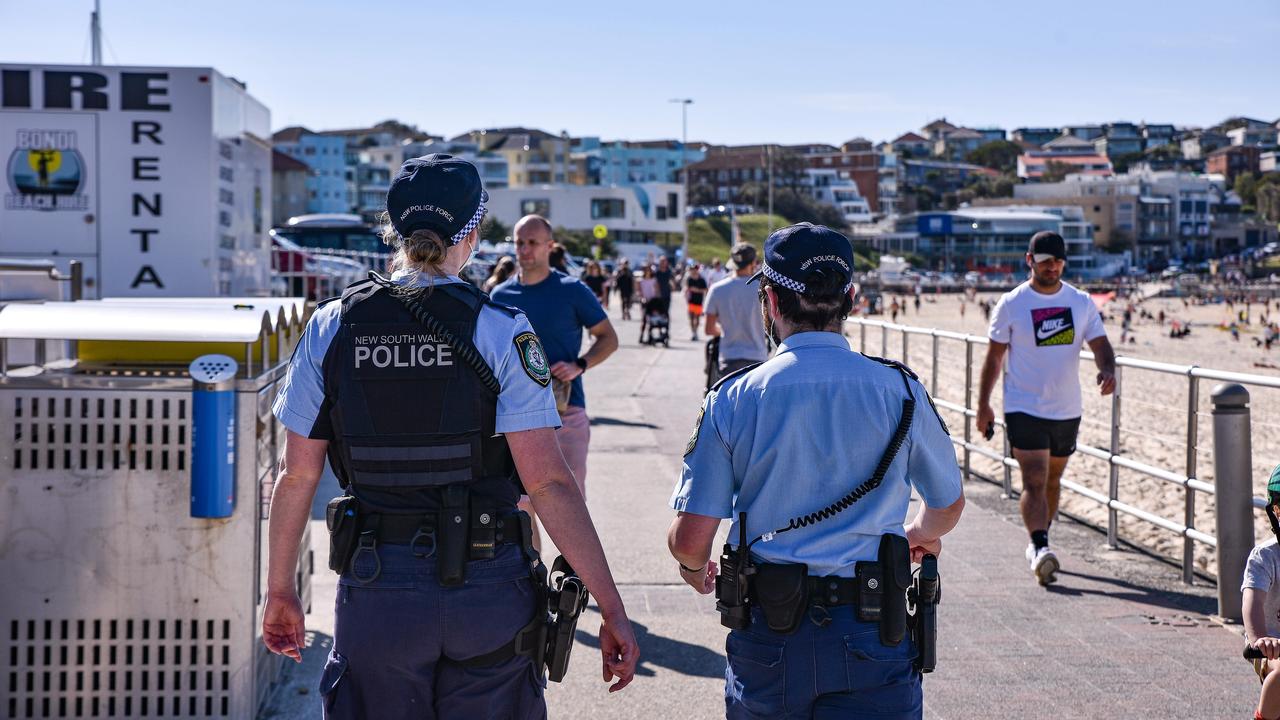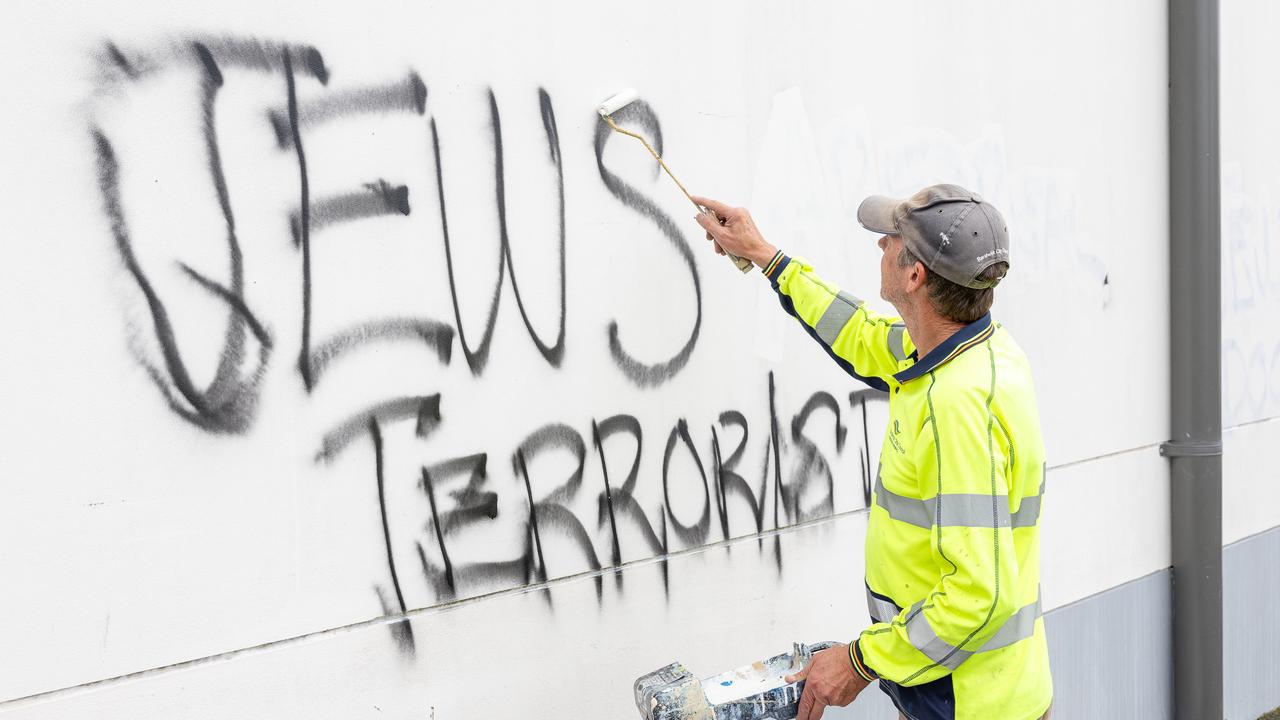Paris riots: Macron resists martial law
Emmanuel Macron has ordered his PM to hold emergency meetings with protesters after the worst riots in a decade.
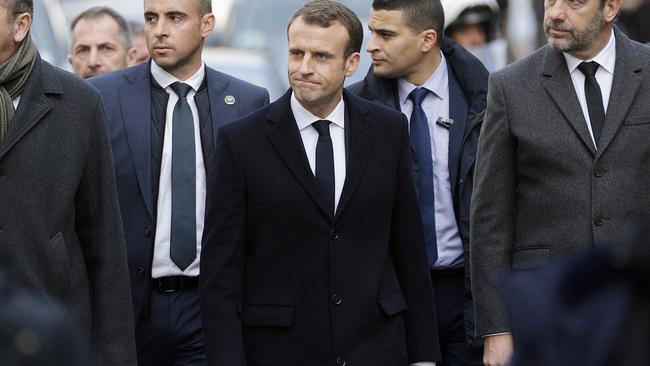
French president Emmanuel Macron has held off imposing immediate martial law, instead ordering his prime minister Eduoard Philippe to hold emergency discussions with leaders of the gilets jaunes protest movement following devastation in the centre of Paris over the weekend.
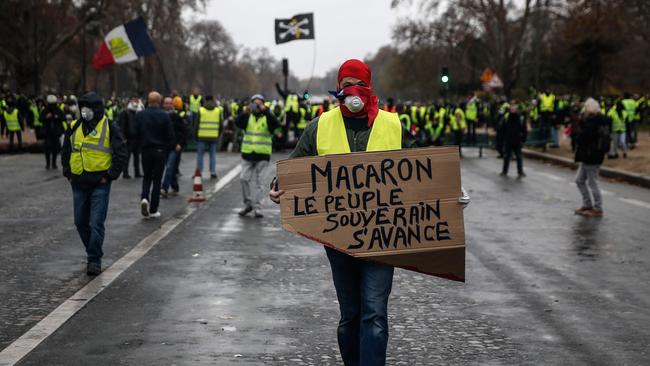
Wild rioting by several thousand people resulted in widespread damage to luxury businesses, more than 100 cars and even houses, as well as destruction of part of the Arc de Triomphe on the Champs Elysee.
In what is shaping as Macron’s most testing moment as president, the initial backlash against fuel taxes and cost of living has become a fiery movement against Macron’s business centric views and shows little sign of being dampened.
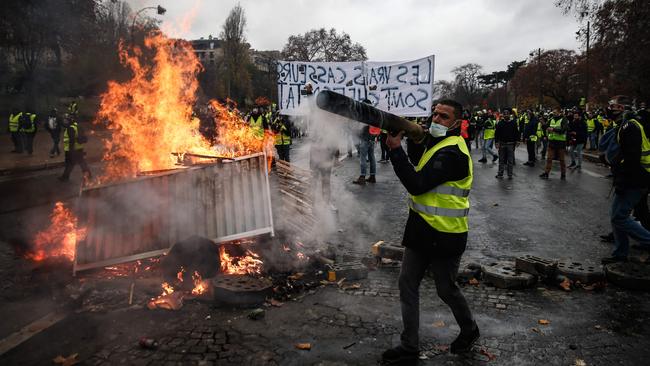
The rare depth of such extreme public anger has manifested itself in country wide protests each Saturday, but last weekend’s rioting in central Paris — the worst in a decade — resulted in 400 arrests and nearly a hundred people being injured in clashes with police. Two thirds of those arrested were from outside of Paris, from the provinces.
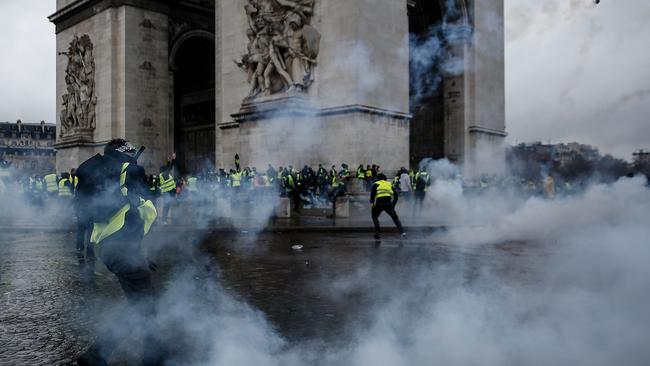
Police tied to quell the riots with water cannons and tear gas, but were pelted with yellow paint, rocks and had running battles with protesters who used equipment found on a nearby construction site to fight back. One protester remains seriously injured in a coma after a heavy steel fence fell onto top of the masked group trying to pull it down.
It was earlier believed Macron, who attended an emergency meeting after arriving back from he G20 summit in Argentina, would impose martial law after such requests from the police — similar to the conditions brought in following the Paris terror attacks in 2016.
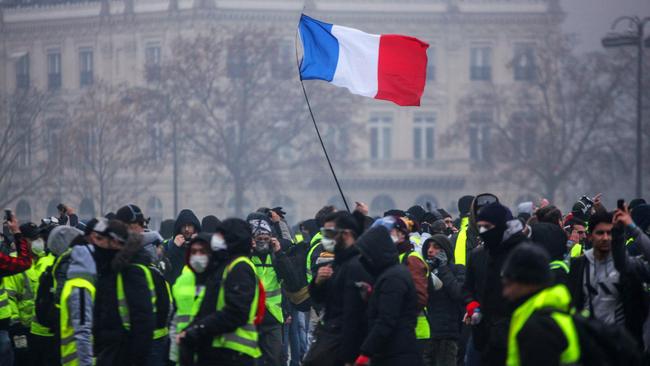
But this morning the Presidential office said in a statement that Macron had asked the interior minister to prepare the army for mobilisation at future protests and the prime minister would hold talks with political party leaders and representatives of the protesters.
At the Arc de Triomphe protesters had spray painted “Macron resign” and “the yellow vests will triumph” and the inside of the monument, which houses the Tomb of the Unknown Soldier, was ransacked.
The front half of the statue of Marianne, which is the symbol of the Republic was smashed with hammers. The French army was unable to conduct its nightly ceremony to commemorate the soldiers of WWI on Saturday night, a ritual that began on Armistice Day in 1923, but they said the practice would resume on Sunday.
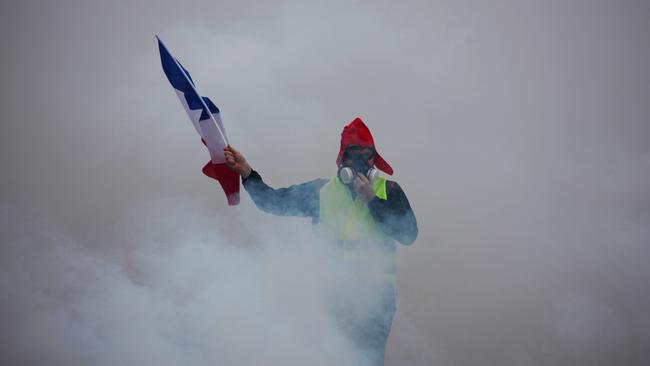
Macron said at the G20 summit that he would never accept such violence. He said: “No cause justifies that security forces are attacked, shops pillaged, public or private buildings set on fire, pedestrians or journalists threatened or that the Arc de Triomphe is sullied.”
Upon arriving back in Paris he went straight to the Arc de Triomphe to view the damage.
However the gilets jaunes — so called because of the hi-vis yellow jackets that they wear — have broad support from the French public who have been battling rising cost of living amid increases in taxation.
The Interior Minister Christophe Castaner was keen too stress that the official gilet jaune protesters were peaceful, and it was professional agitators from the political extremes who later caused such violence.
He said professional rioters had deliberately targeted the protests to “pillage, smash, steal, wound and even kill”.



